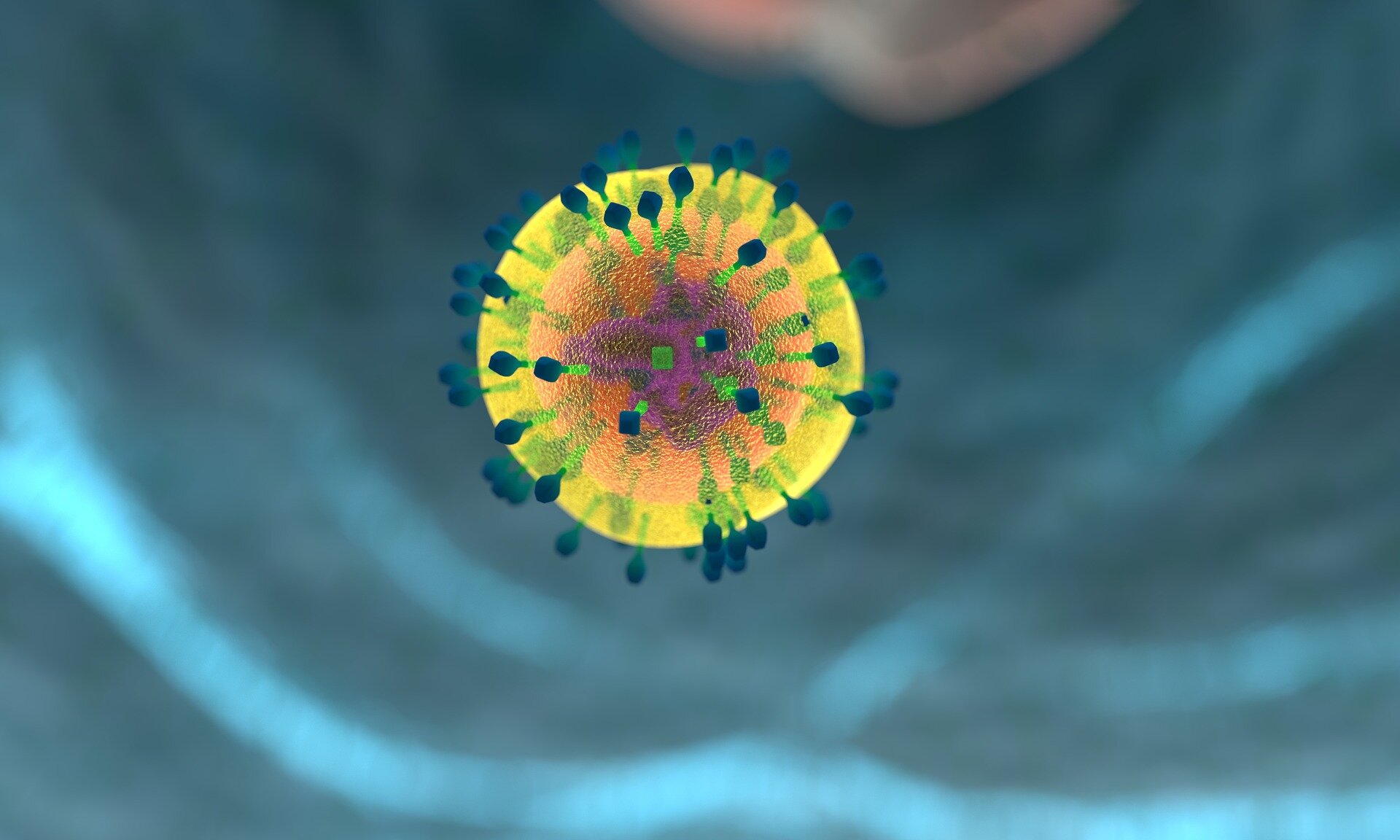Two studies published in Pediatrics demonstrate safety and efficacy for the respiratory syncytial virus (RSV) preventive drug nirsevimab in kids and infants.
Nirsevimab (Beyfortus) is a long-acting monoclonal antibody. Currently in the United States, the Centers for Disease Control and Prevention recommends one dose of nirsevimab for infants younger than 8 months of age born shortly before or are entering their first RSV season (typically fall through spring) if their mother was not vaccinated against RSV during pregnancy.
Some children, including those who have cystic fibrosis or chronic lung prematurity, are also recommended to receive a dose of the drug during their second RSV season (8 through 19 months of age).
No major adverse events
The first study looked at the drug in 100 immune-compromised US children aged 24 months and under as part of the open-label phase 2 MUSIC trial. Among the children were 33 kids with primary immunodeficiency, 16 with previous transplantation, and 8 with HIV infection. Also included were 29 children treated with high-dose systemic corticosteroids, 20 with immunosuppressive chemotherapy, and 15 with other immunosuppressive therapies.
The children were followed up for 360 days. During the study three children died as a result of non-RSV lower respiratory tract infection (LRTI). Eight treatment-related adverse events were recorded among six children, but none were classified as serious.
The authors found that mean nirsevimab serum concentrations on day 151 were lower in study participants than those in healthy-infant trials, but no cases of RSV LRTI occurred through day 151, the observation period in which efficacy had been established.
“Among immunocompromised children aged ≤24 months, nirsevimab was well tolerated with no safety concerns, and serum concentrations were supportive of efficacy,“ the authors concluded.
Hospitalizations in Spain down 63%
Last year Spain become one of the first countries to introduce universal RSV prevention via a single dose of nirsevimab for newborns up to 6 months of age, and the second study in Pediatrics shows the policy was tied to RSV hospitalizations being reduced by more than half.
The policy was associated with a 63.1% reduction in acute bronchiolitis-related hospital admissions (95% confidence interval [CI], 60.9% to 65.2%), and a 63.1% reduction in pediatric intensive care unit admissions (95% CI, 58.1% to 67.9%).
The study compared RSV hospital admission rates and outcomes at 15 Spanish hospitals during the 2023-2024 season (November through January) and the seasons occurring in 2018 through 2023.
Acute bronchiolitis could become a rarely encountered disease in the near future, and the significant health burden of RSV in infants could be greatly reduced.
“Although we had limited data on less stringent implementation strategies, an approach that includes extended catch-up was found to be the most effective, although its cost-effectiveness must be considered,“ the authors concluded. “With proper application of immunization strategies, acute bronchiolitis could become a rarely encountered disease in the near future, and the significant health burden of RSV in infants could be greatly reduced.“
Wastewater detection of RSV, flu, COVID viruses
Finally, researchers in Oregon discovered a strong correlation between viral wastewater concentration and positive community respiratory tests for flu viruses, RSV, and SARS-CoV-2, the virus that causes COVID-19, according to a new study in Emerging Infectious Diseases.
Researchers compared weekly SARS-CoV-2, influenza, and RSV wastewater concentrations with patient test positivity from September 6, 2020, through May 11, 2023. Forty-eight wastewater treatment plants, serving 62.3% of the population of Oregon, were included in the study.
Overall, there were strong, positive correlations for SARS-CoV-2, influenza virus, and RSV.
“The strength of association observed suggests wastewater surveillance acts as an indicator of community transmission for those pathogens,“ the authors concluded. “Wastewater data are not affected by healthcare-seeking behavior or testing biases, can be analyzed nearly in real-time from pooled community samples, and can be localized to the sewershed level, informing local public health decisions.“







